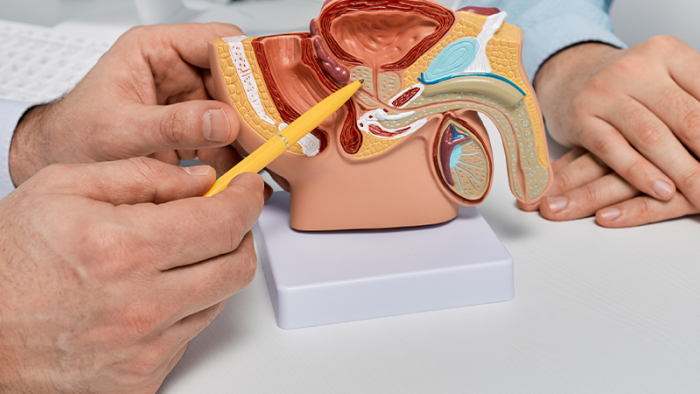Find out more about our specific offer for international patients and request your personalised programme today.
Our team is proud to offer services in multiple languages to meet the diverse needs of our international clientele.
Français | English | Deutsch | Русский | Italiano | 中文








